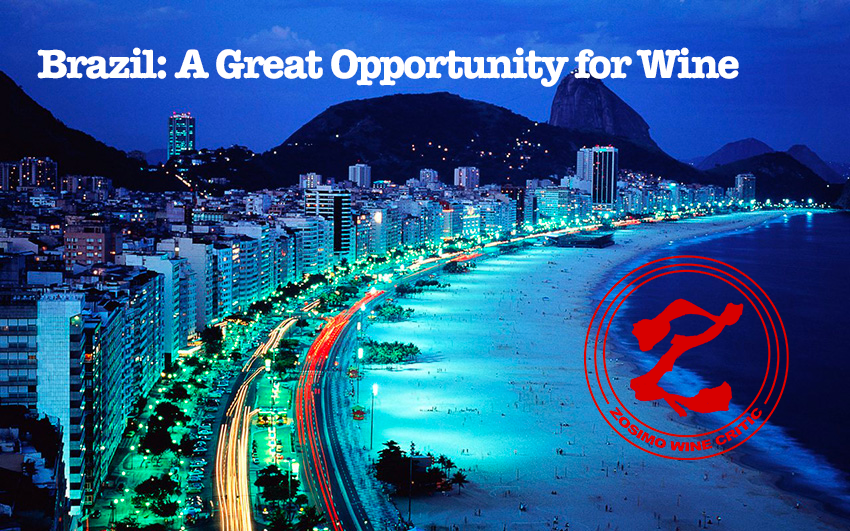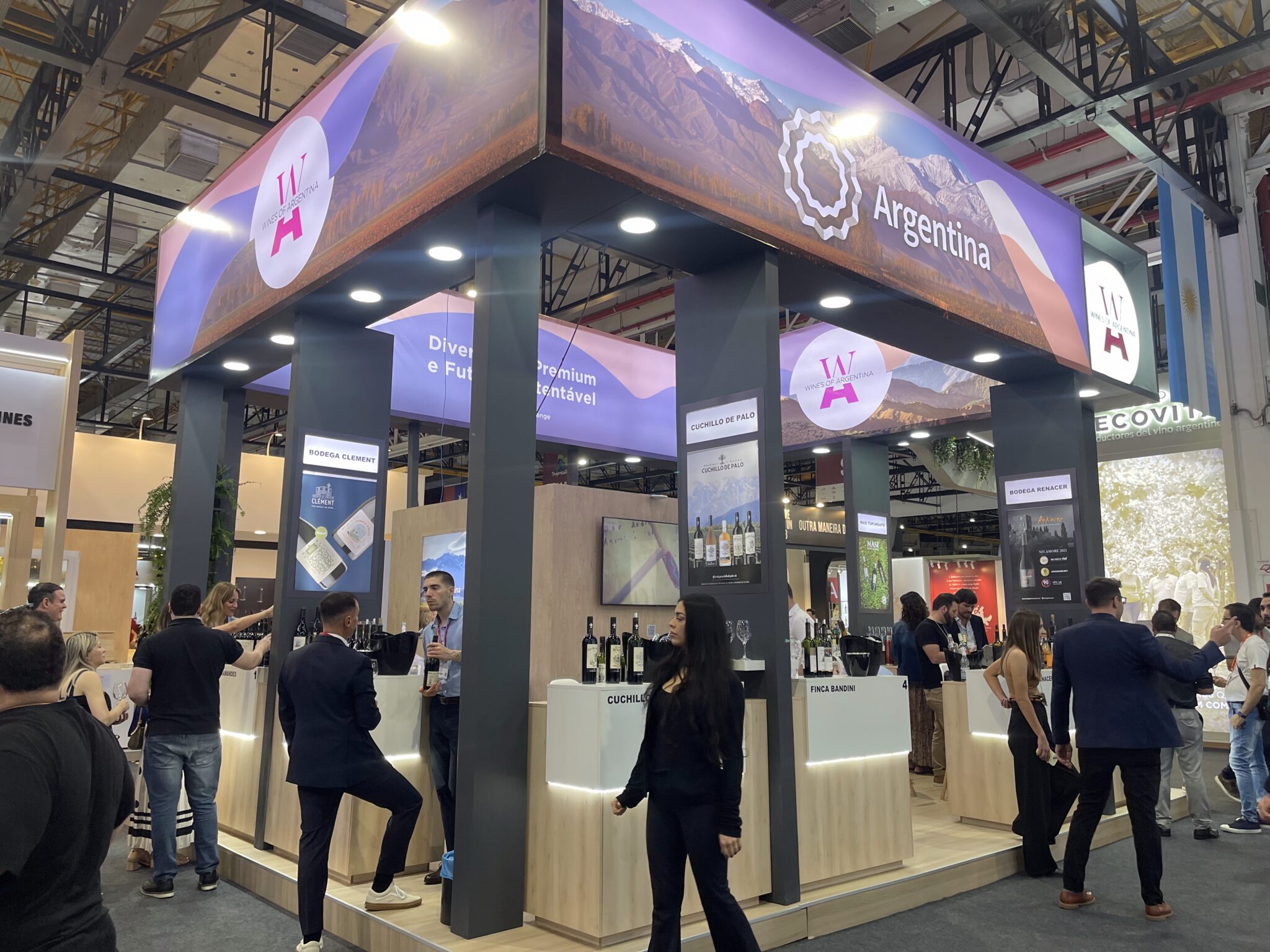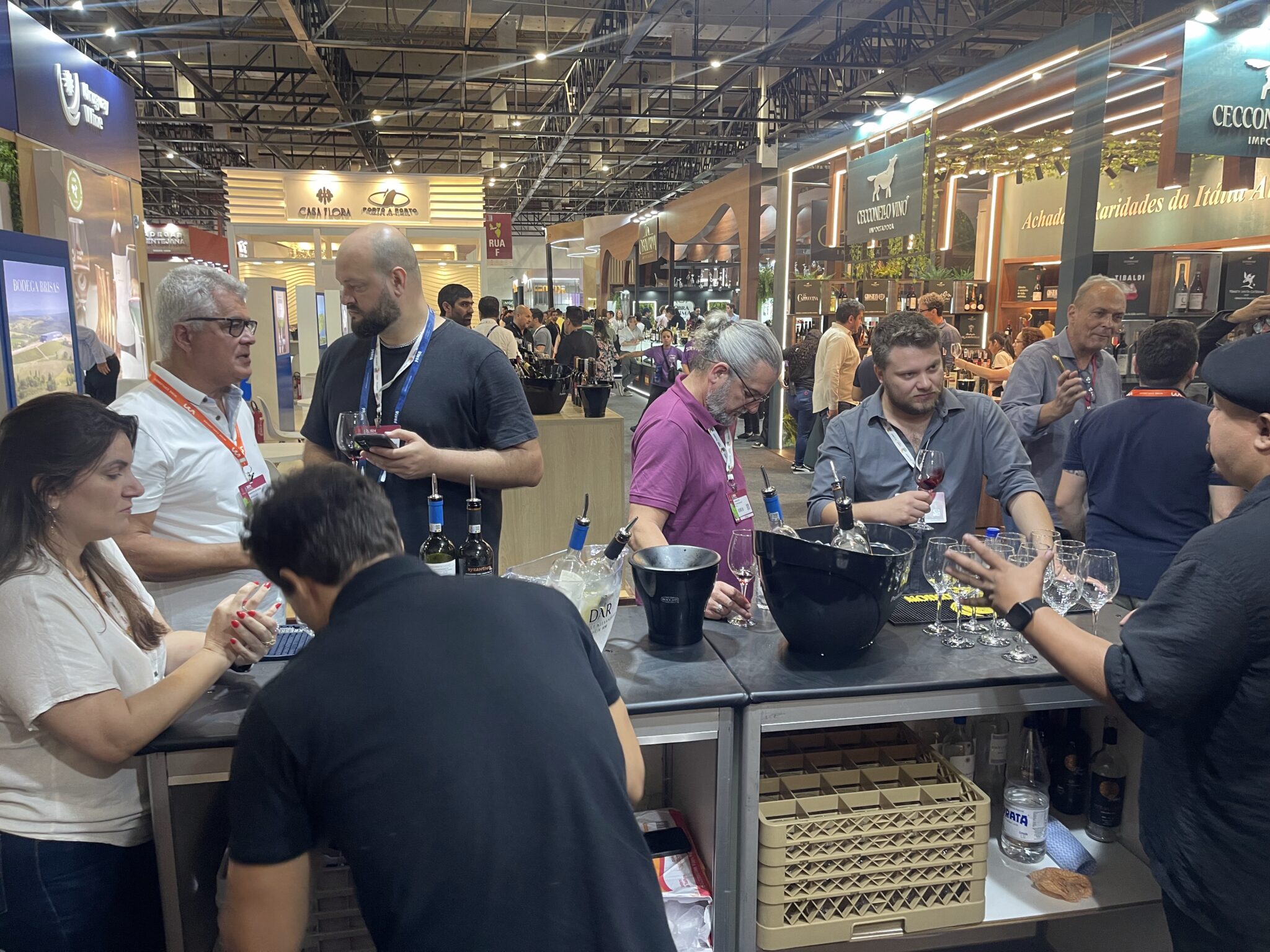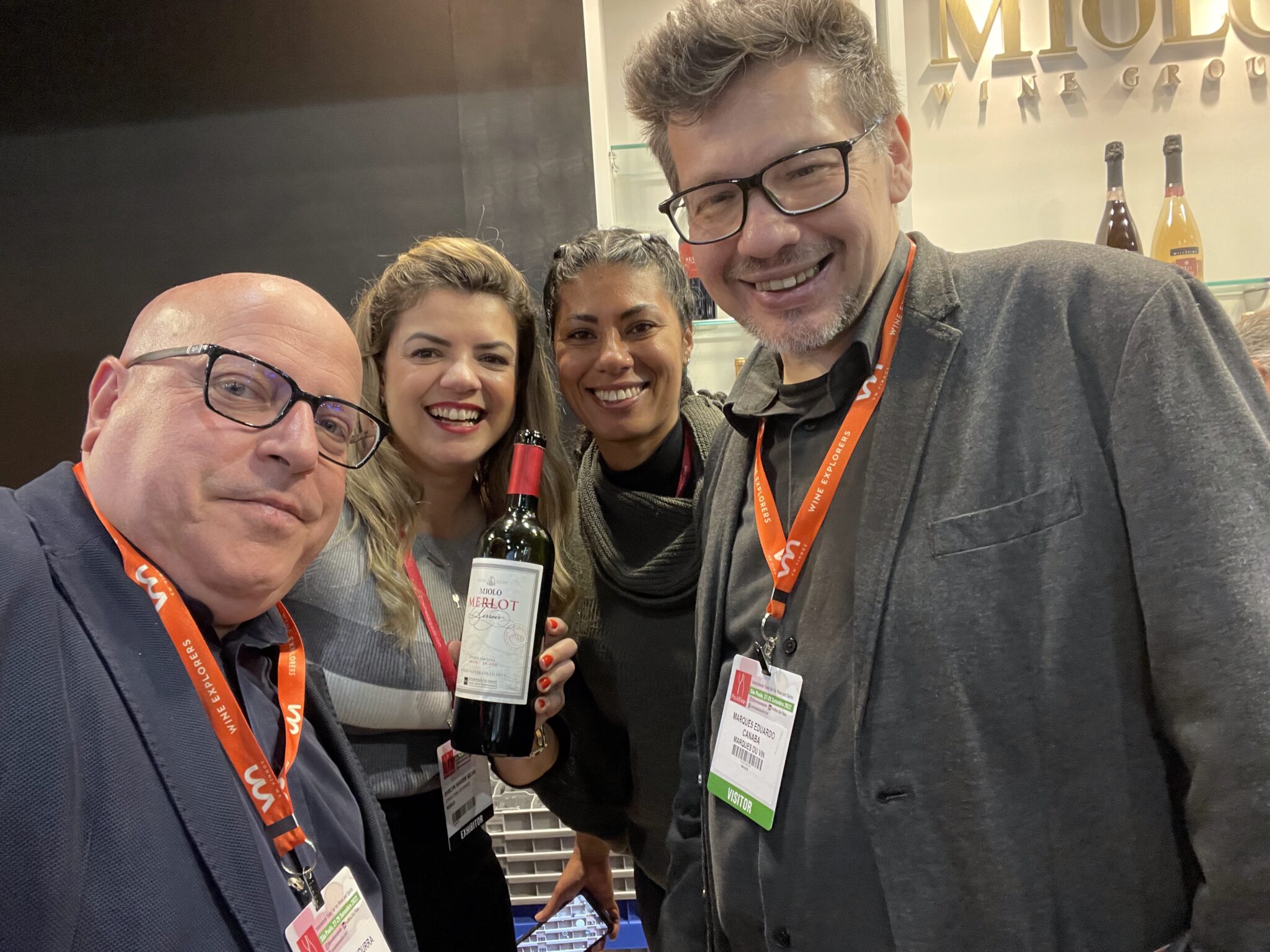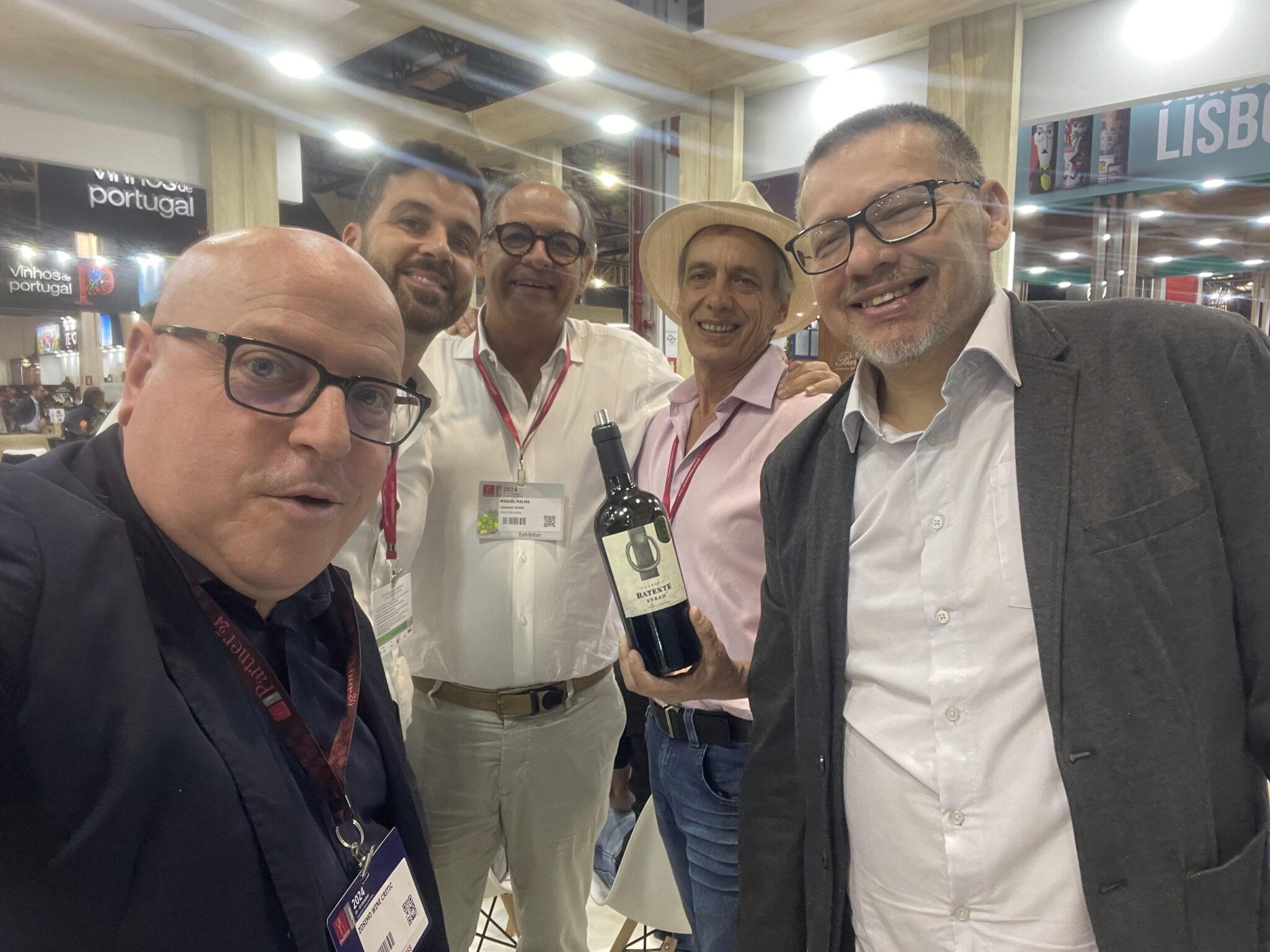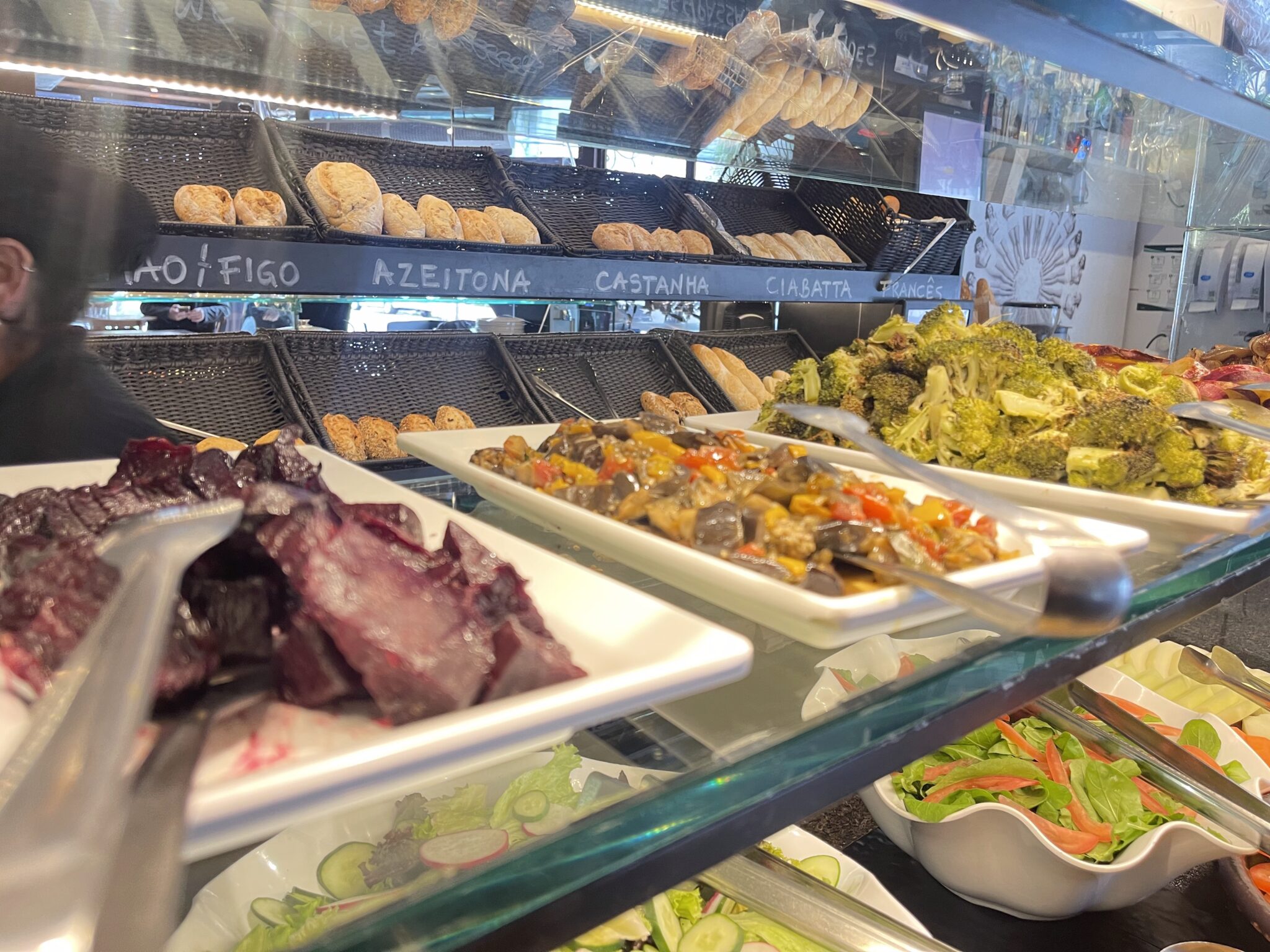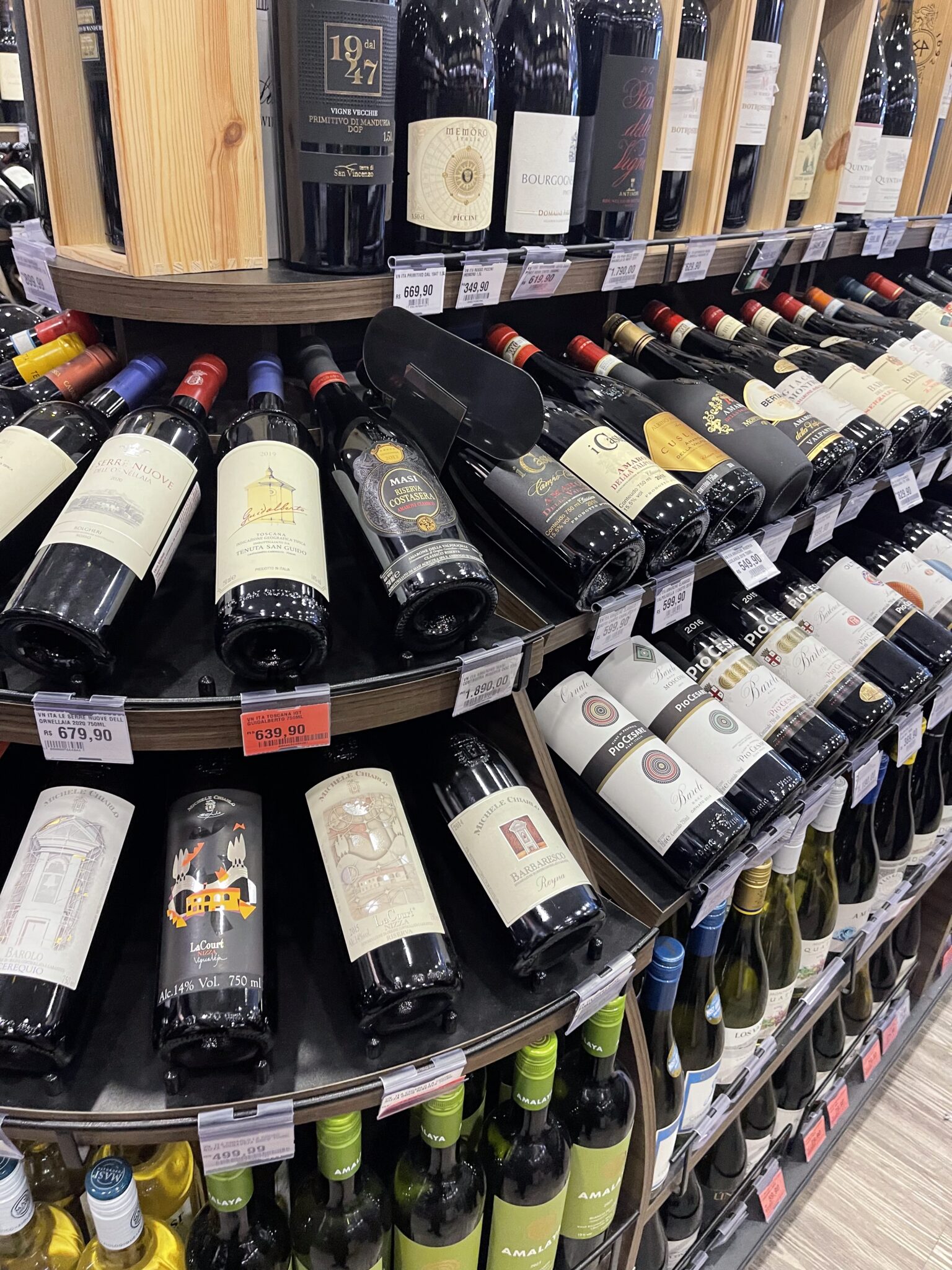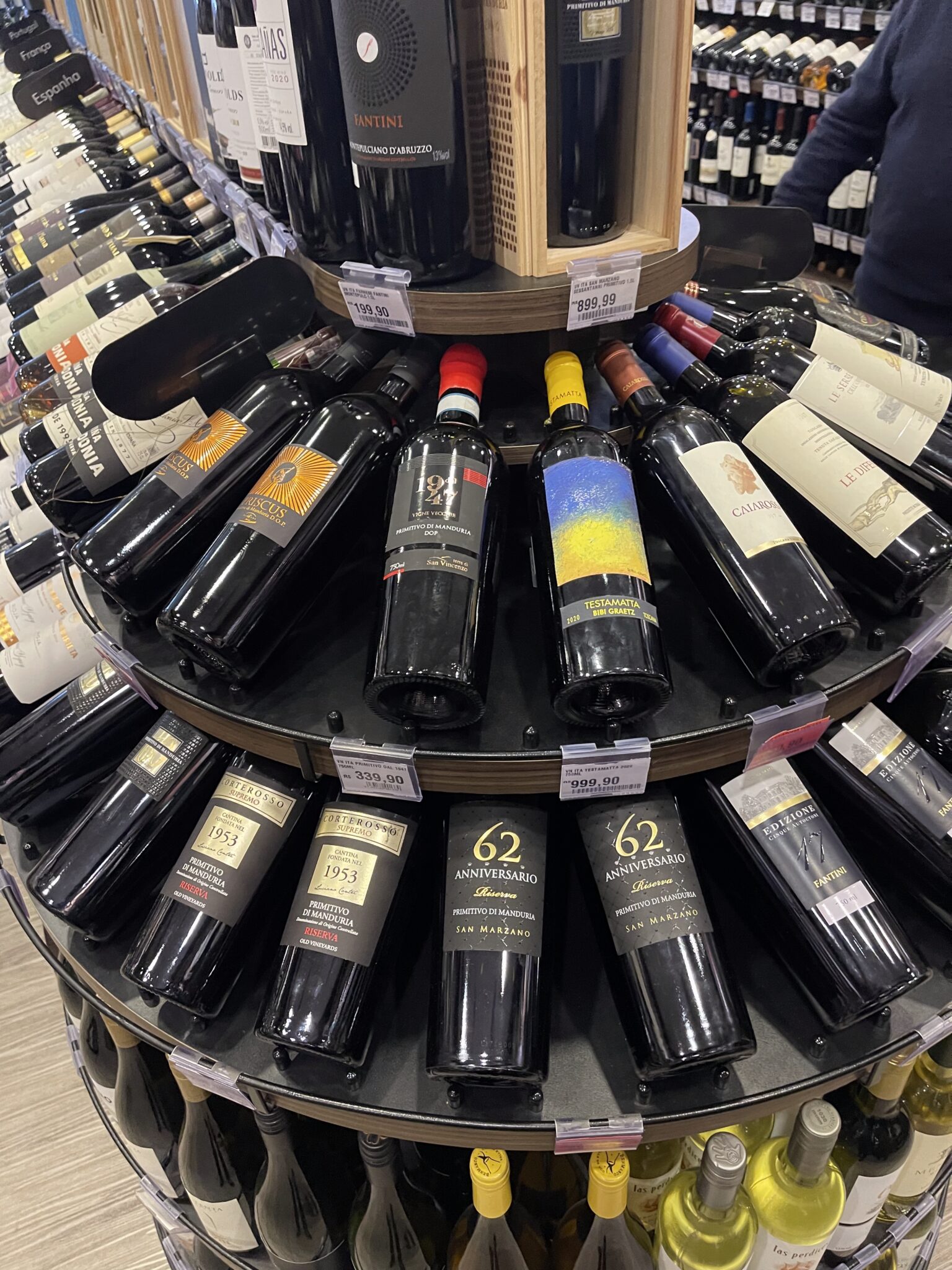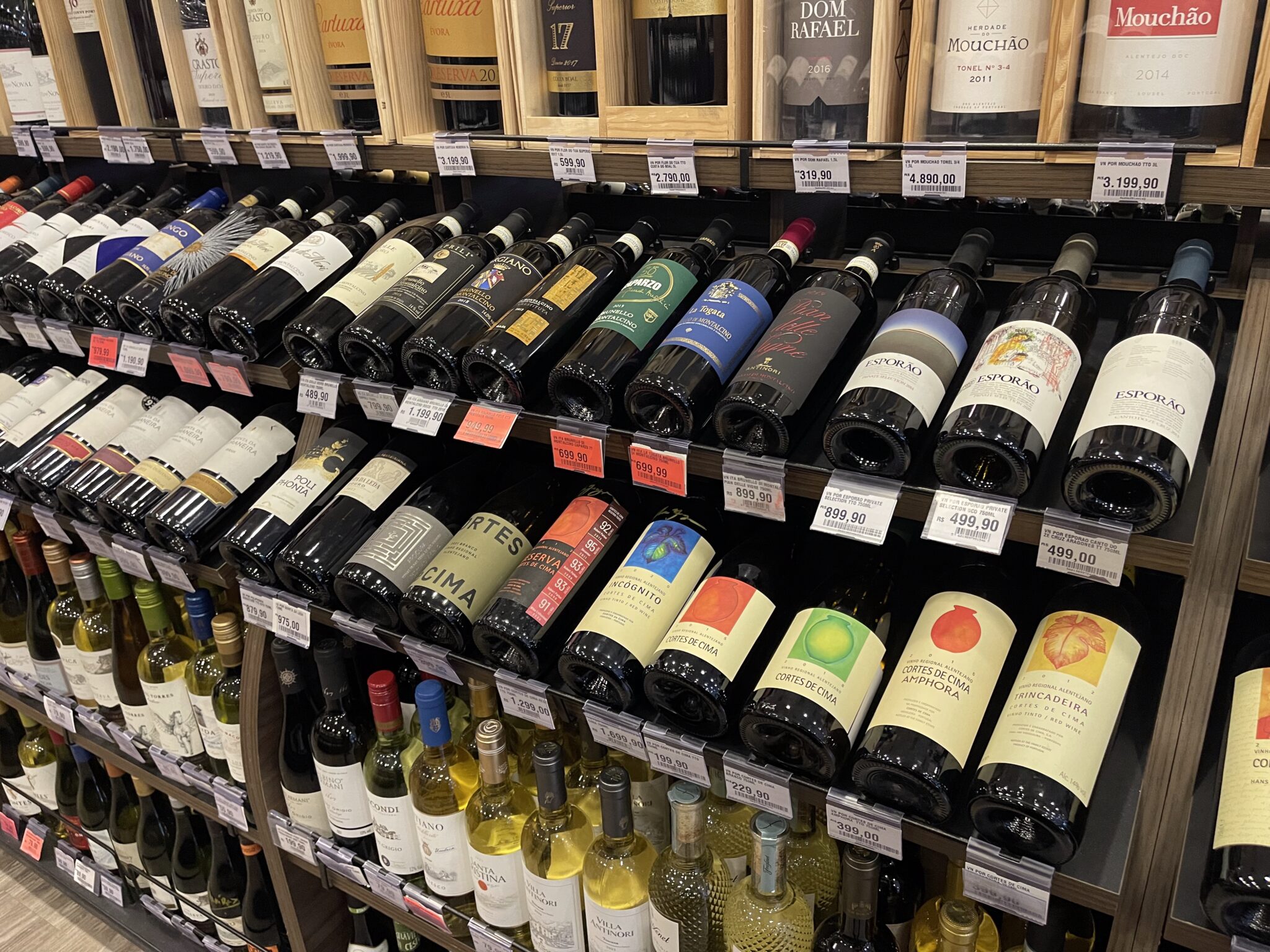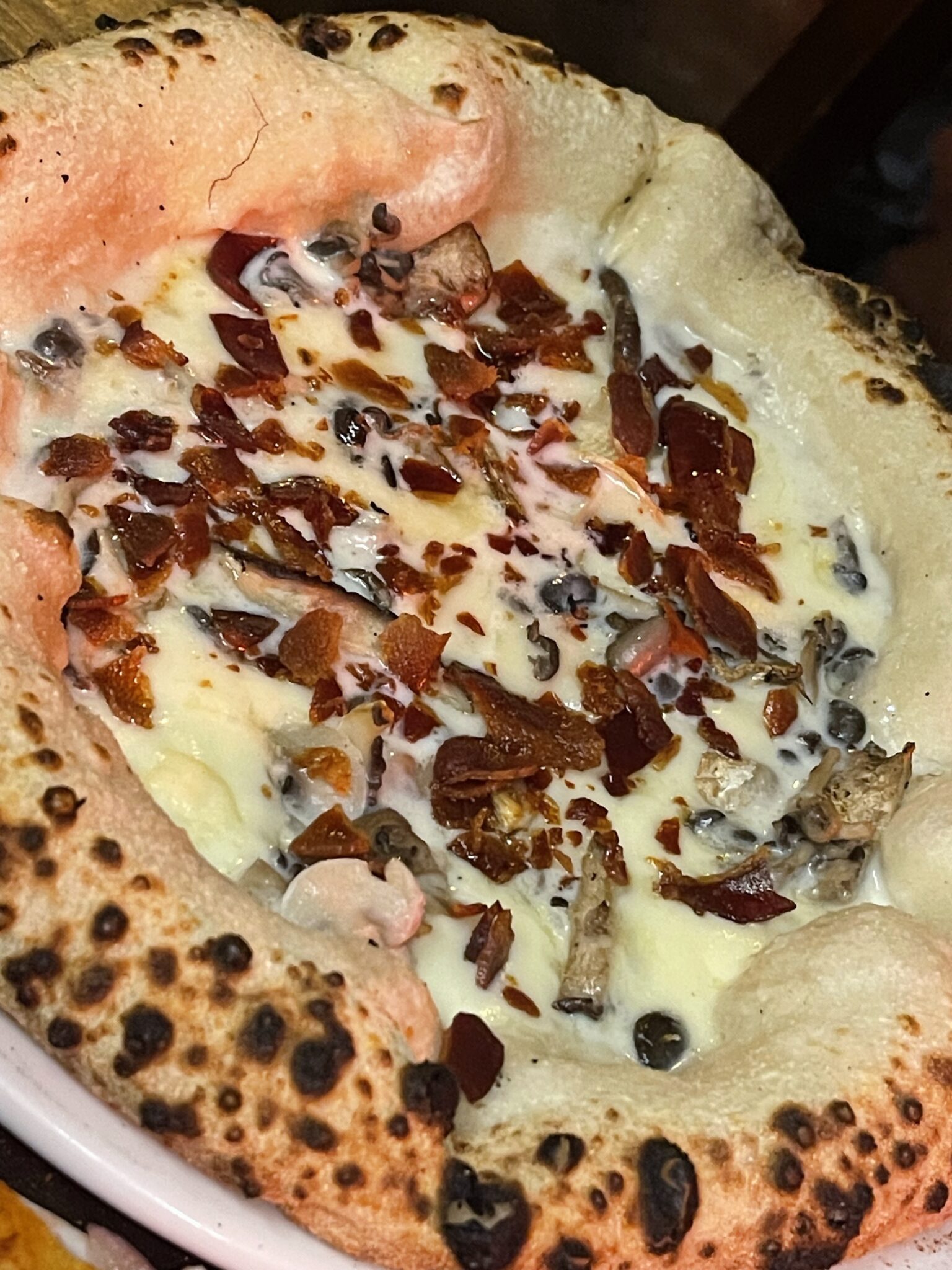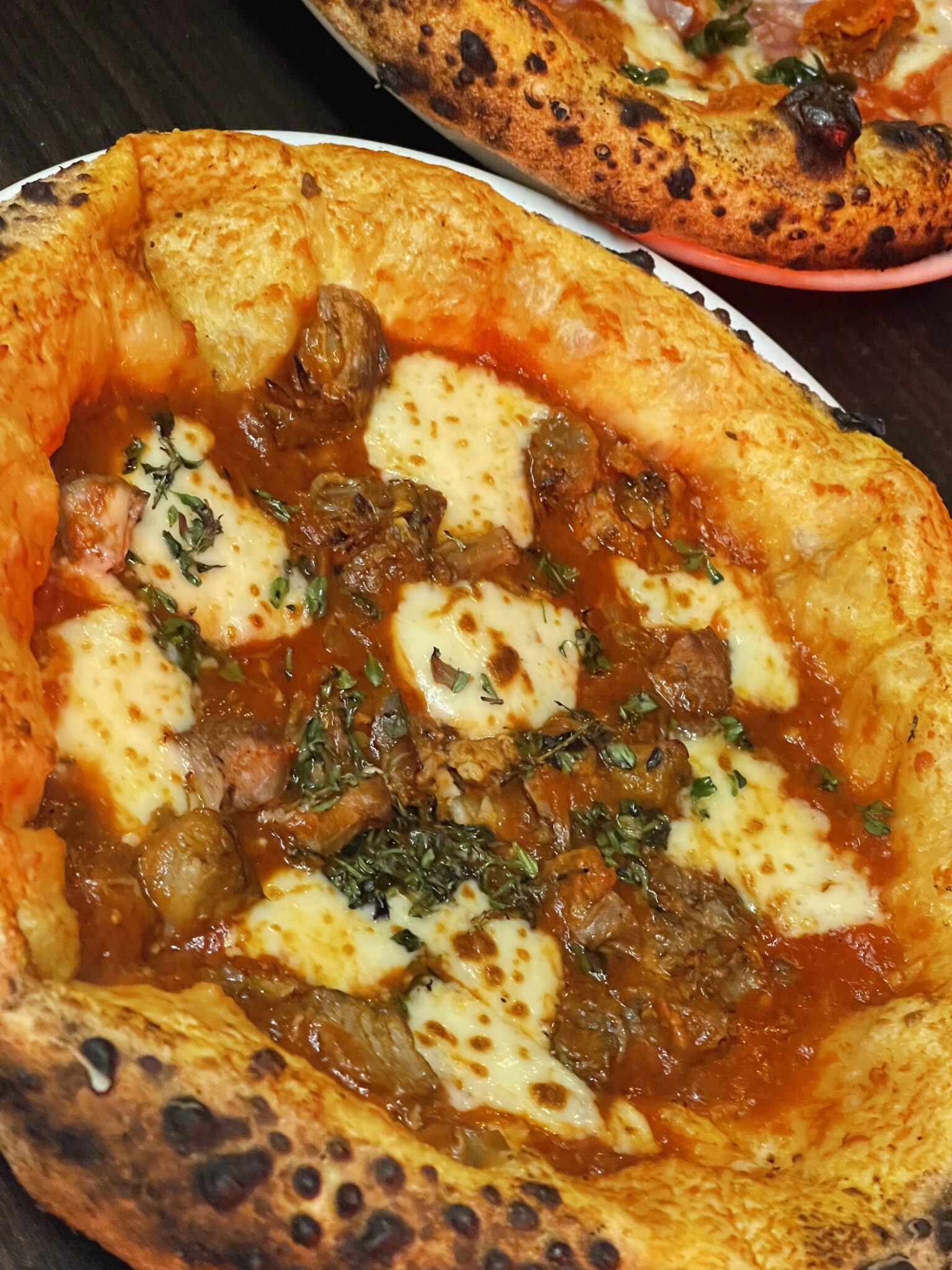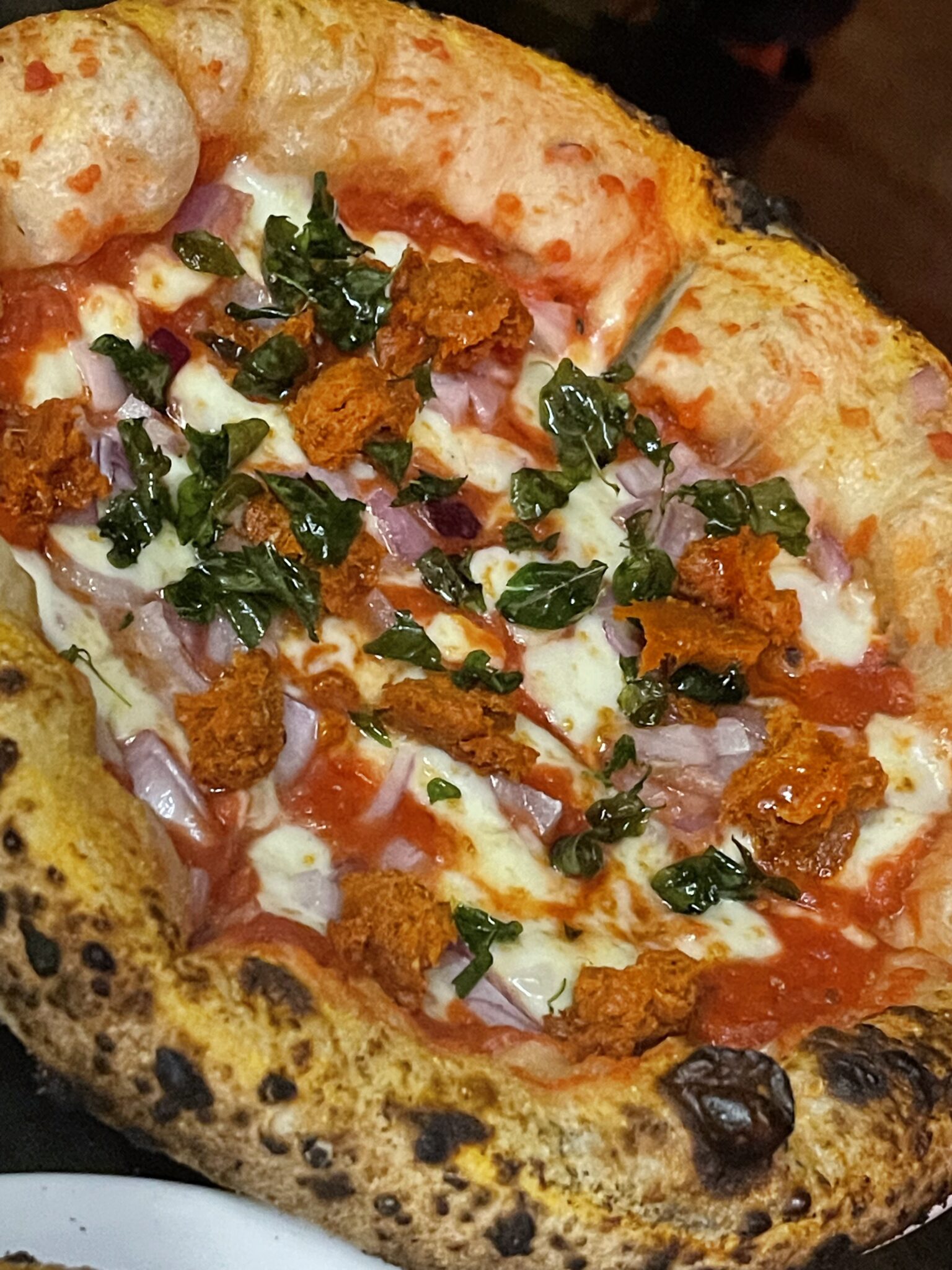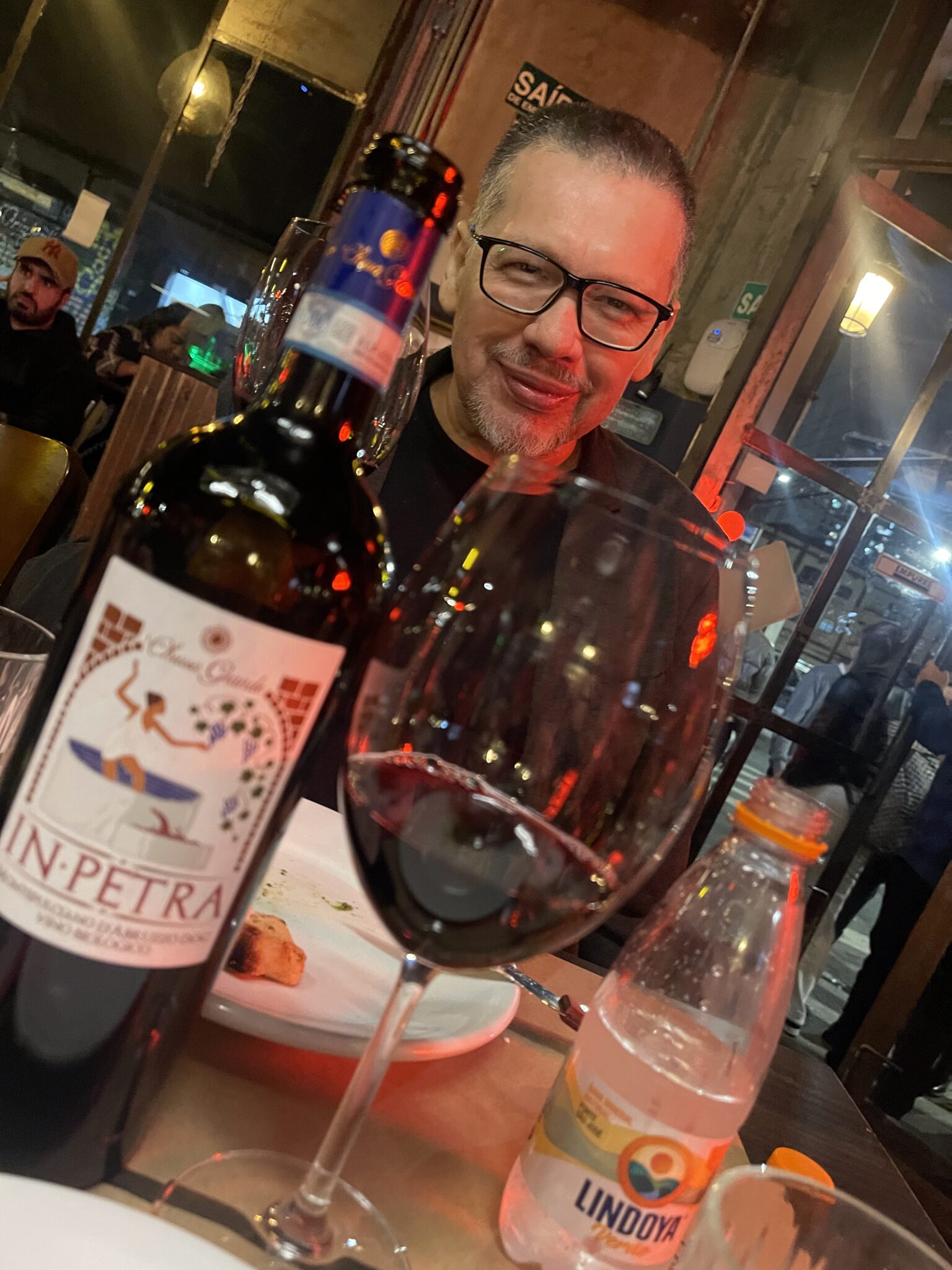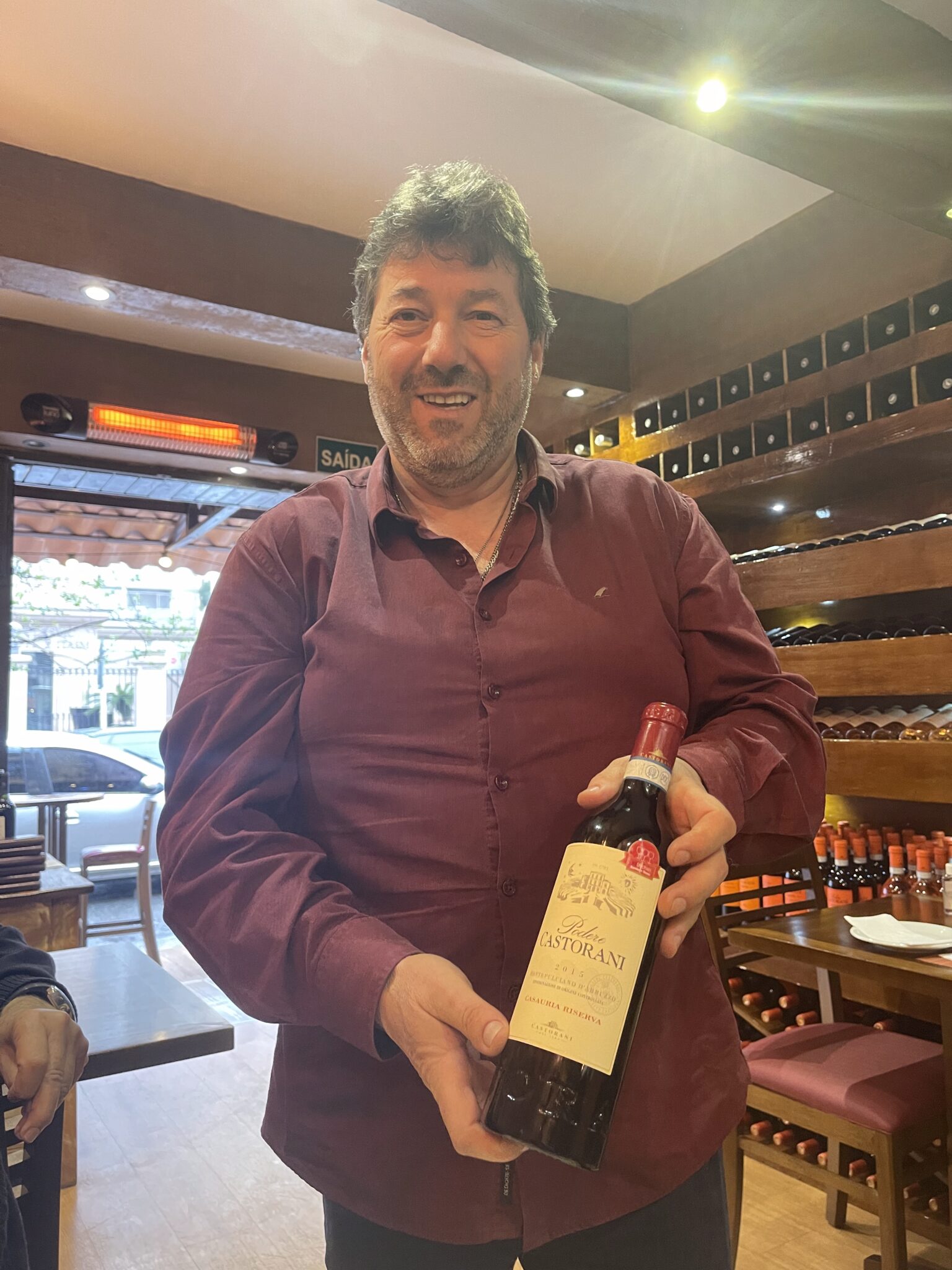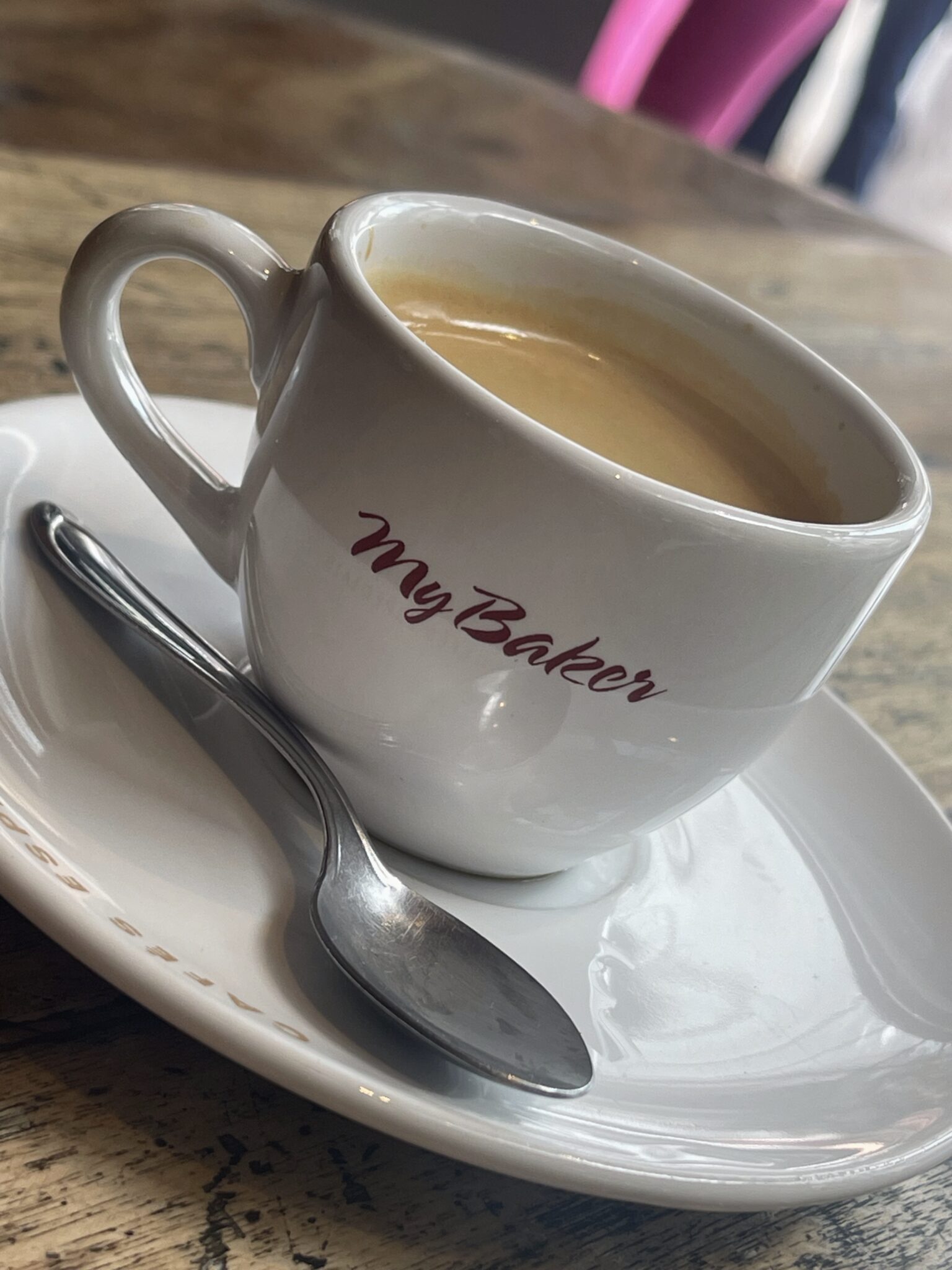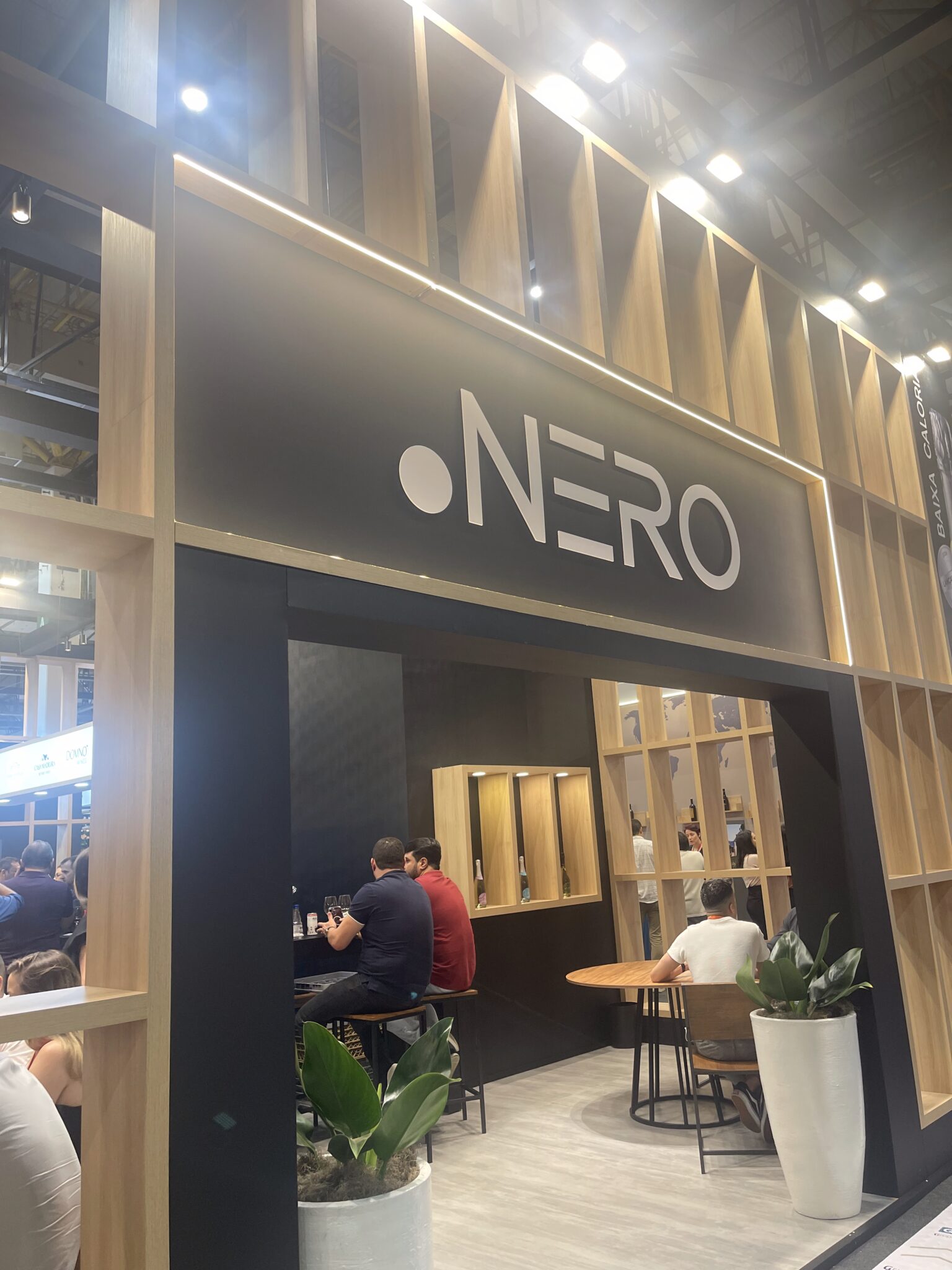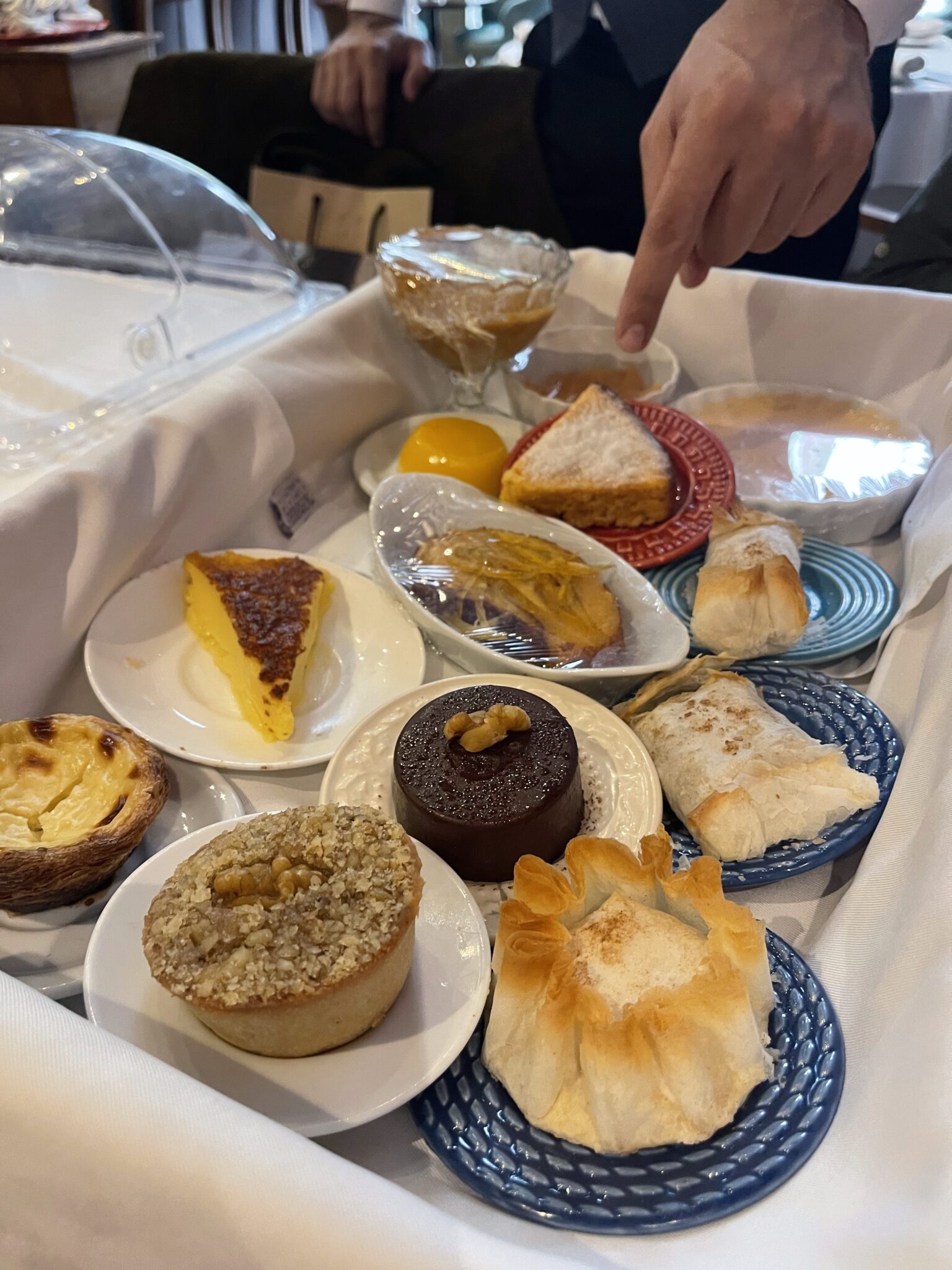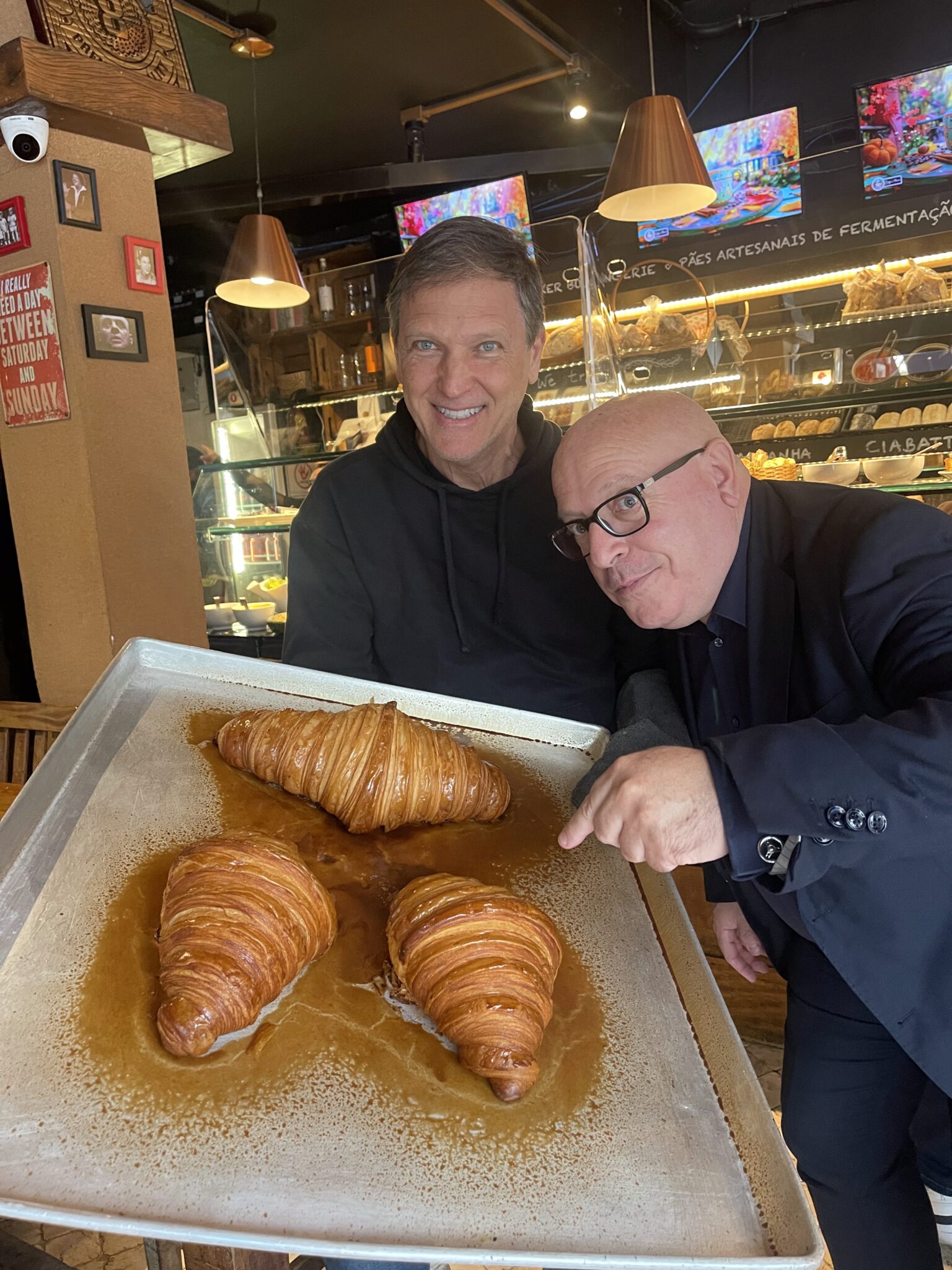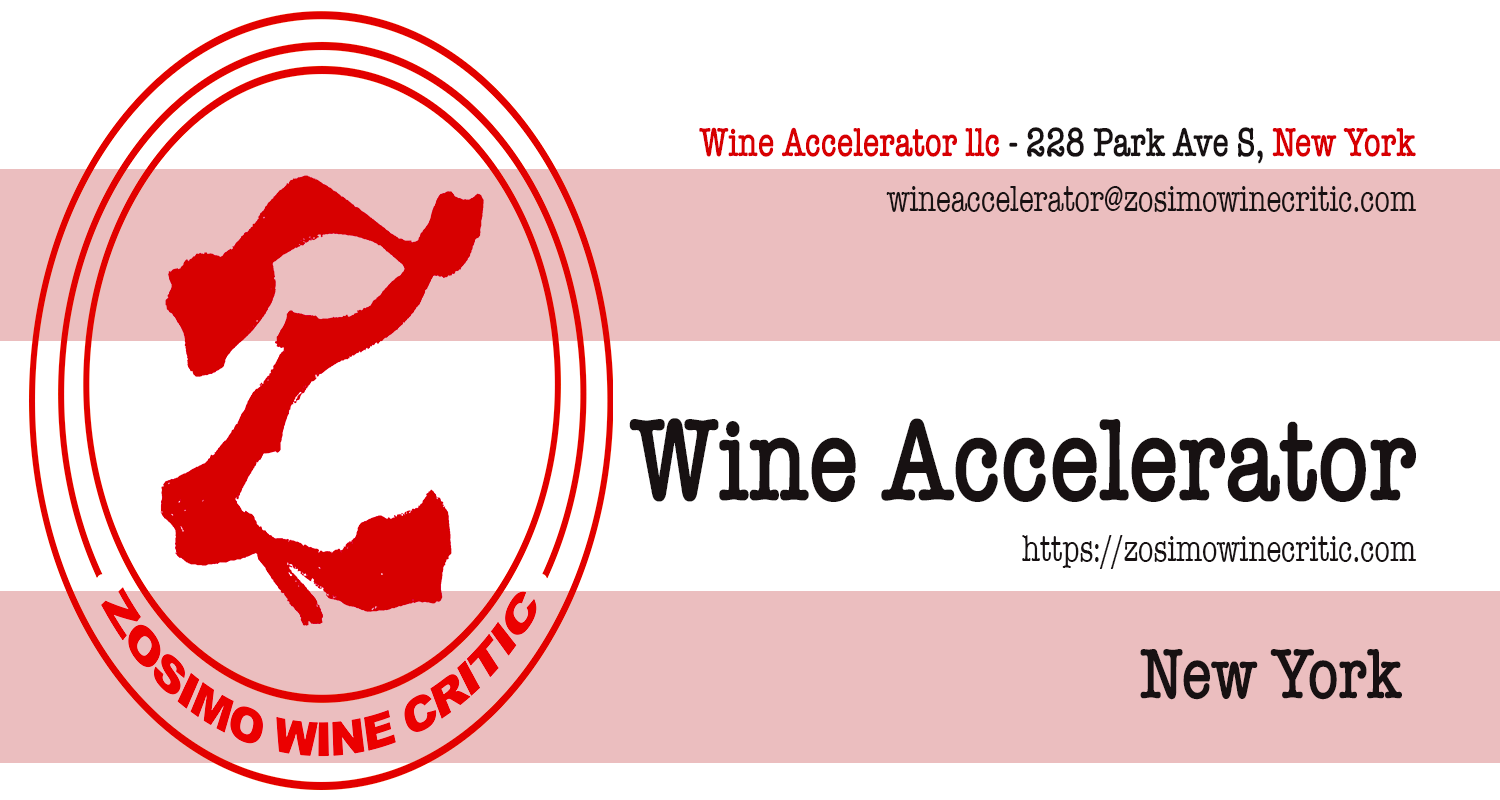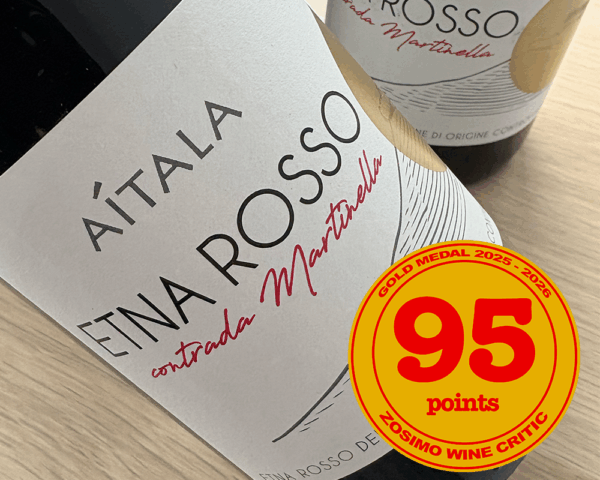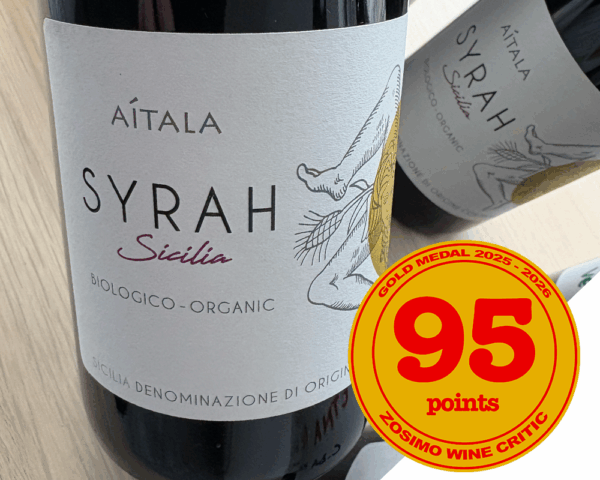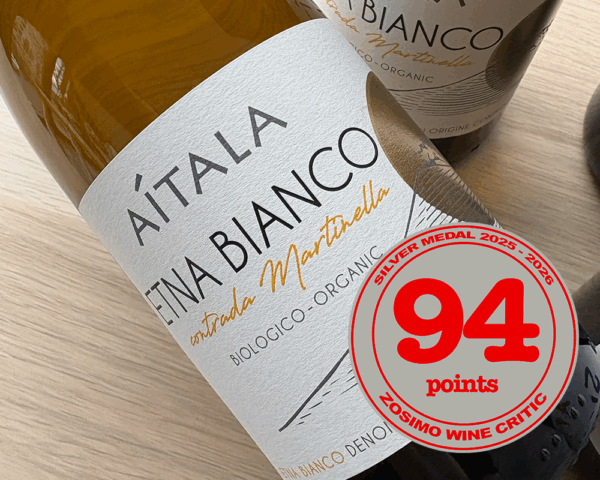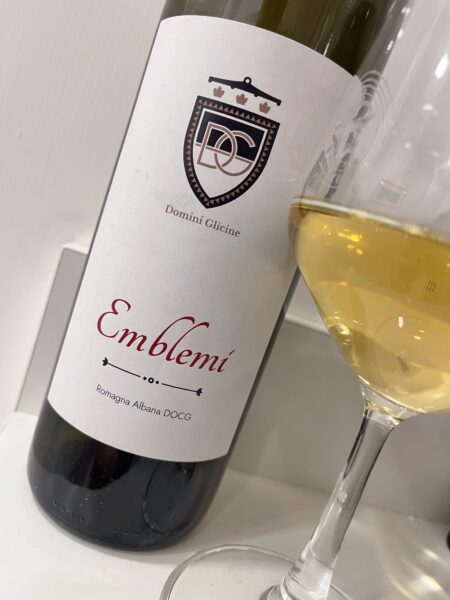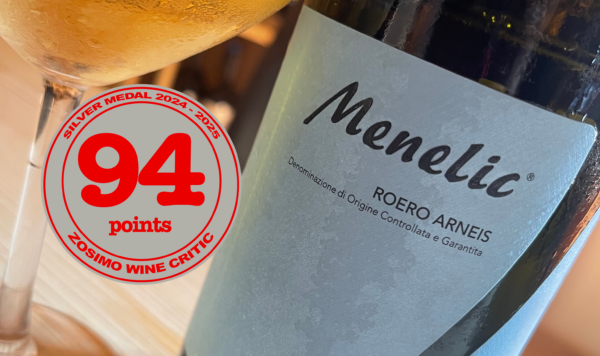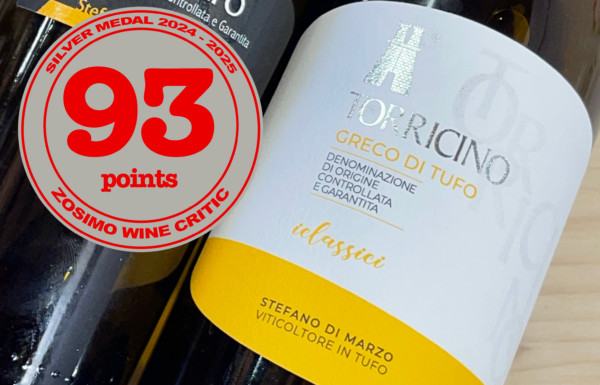Brazil: A Great Opportunity for Wine – Zosimo Wine Critic
The air has been buzzing with excitement in recent years—a nation improving its domestic production becomes, at the same time, a market for imports and new approaches to discovering wine
Over the past decade, Brazil has seen remarkable growth in its wine production, particularly in the southern region of Rio Grande do Sul, where the heart of the country’s winemaking industry is centered around a small town called Garibaldi.
Here, where Italian surnames blend seamlessly with Hispanic and South American ones, exceptional wines are born. These wines boast great character and, more recently, a vibrant youthfulness. The renewed focus on sparkling wine production brings vigor and innovation, without neglecting bold reds with strong personalities. Strategic marketing efforts, innovative labels, creative packaging, and captivating names are drawing a new generation to the allure of Bacchus’s nectar.
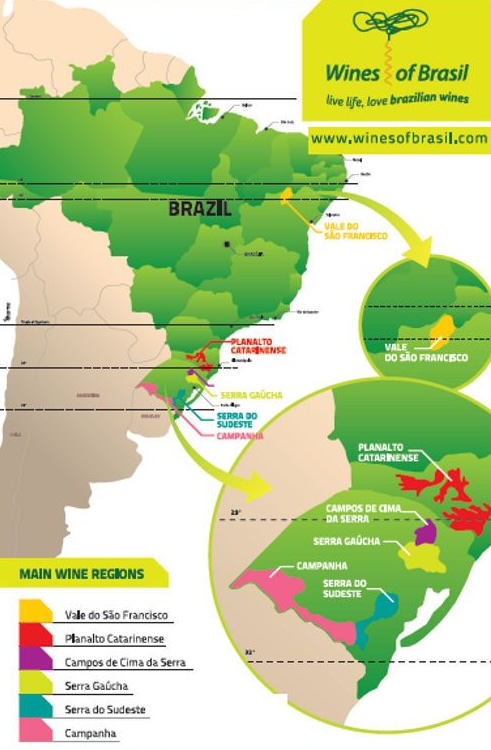
Wine fairs have grown significantly over the years, transforming from simple tasting events into grand showcases, attracting more exhibitors and larger audiences. At the same time, the rise of importer groups and distribution networks is helping to shape a thriving and dynamic market.
In addition, wine ratings have become an essential reference point, offering a way to compare local productions with the latest arrivals and innovations in the industry.
Barolo, Chianti, and Amarone, along with the revitalized Nero d’Avola, Primitivo, and Montepulciano d’Abruzzo, perfectly complement the demand for white wines and sparkling options that align well with the market. Above all, Prosecco stands out, serving as a counterpoint to the local production.
The market is undoubtedly dominated by Chile and Argentina, thanks to their proximity and extensive promotional campaigns. Close behind, and equally well-regarded, are Portuguese wines. Italy and France hold the 4th and 5th positions in import volumes.
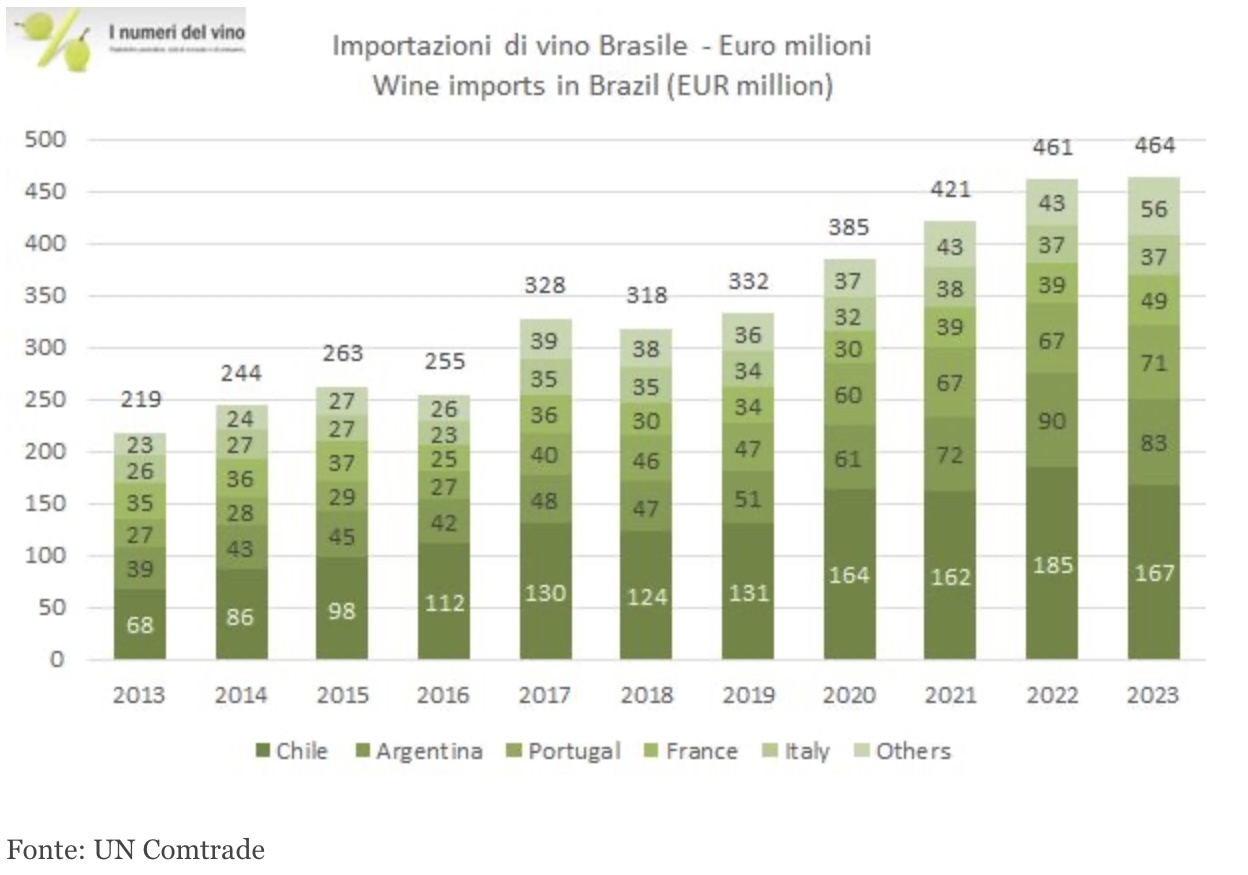
In terms of numbers, Chile leads with a 35% share of imports, followed by Argentina at 20%, Portugal at 15%, and both Italy and France at around 10%. This adds up to a total import volume projected to reach approximately 500 million euros in 2024.
Focusing on sparkling wine imports, France takes the lead with 20 million euros, followed by Spain at 10 million, leaving Italy with around 3.5 million.
However, Brazil still holds untapped opportunities worth analyzing, especially for those who are serious about exporting wine to this market.
Here are three notable cases of success worth studying.
Bakery: A New Take on Dining
A new concept in dining has emerged, with spaces dedicated to breakfast, quality coffee, and a selection of pastries. Over time, the offerings have expanded, evolving into venues catering to breakfast, lunch, and dinner, as well as lively aperitifs. These spaces have become popular meeting places, with a standout feature being their extensive wine selections. Both by the glass and by the bottle, the wines are highly appreciated, from the capital to Rio de Janeiro, and throughout the major cities of Brazil’s beautiful landscape.
Wine Corners in Supermarkets
This trend also deserves special attention: traditional wine shelves are disappearing, making way for dedicated spaces carefully organized by category. These areas focus on label selection, pricing strategies, and innovative marketing approaches, including options for home delivery.
Pizzerie
What might seem ordinary elsewhere takes on a unique and amplified charm in Brazil, becoming an exceptional way of bringing people together. The role of pizzerias and their patrons deserves a fascinating chapter. Pizzerias have evolved into gourmet establishments, embracing increasingly European styles. In this case, thanks to the Italians—particularly Neapolitans—the world of pizza is perfectly paired with wine. The classic beer pairing has given way to the convivial uncorking of wine bottles, with red wine being the most favored choice.
A few key figures are enough to understand this new “buzz.”
Ready to support this growth, satisfy curiosity, and, above all, elevate and promote wines destined to grow exponentially, filling glasses with hope and celebration for a nation so wonderfully named: Brazil.
